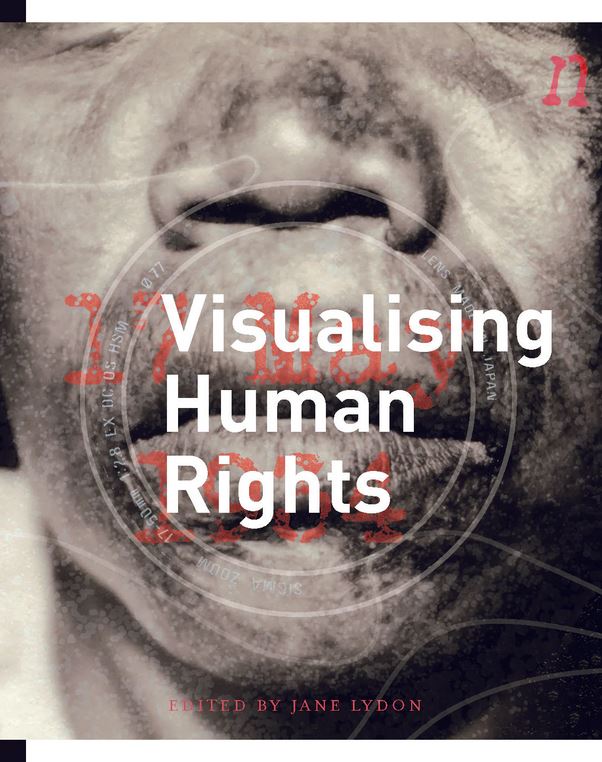
Visualising Human Rights
UWA Publishing, Australia, 2018. Good secondhand condition.
When the Universal Declaration of Human Rights (UDHR) was proclaimed by the United Nations General Assembly in Paris on 10 December 1948, photography was considered a ?universal language? that would communicate across barriers of race and culture. 70 years later it is timely to examine the cultural impact of the framework of human rights through visual culture.
Images are a crucial way of disseminating ideas, creating a sense of proximity between peoples across the globe, and reinforcing notions of a shared humanity. Yet visual culture can also define boundaries between people, supporting perceived hierarchies of race, gender, and culture, and justifying arguments for conquest and oppression. Only in recent years have scholars begun to argue for new notions of photography and culture that turn our attention to our responsibilities as viewers, or an ethics of spectatorship. This book explores questions surrounding the historical reception of human rights via imagery and its legacies in the present.
Visualising Human Rights is about the diverse ways that visual images have been used to define, contest, or argue on behalf of human rights. It brings together leading scholars to examine visual practices surrounding human rights around the globe.
